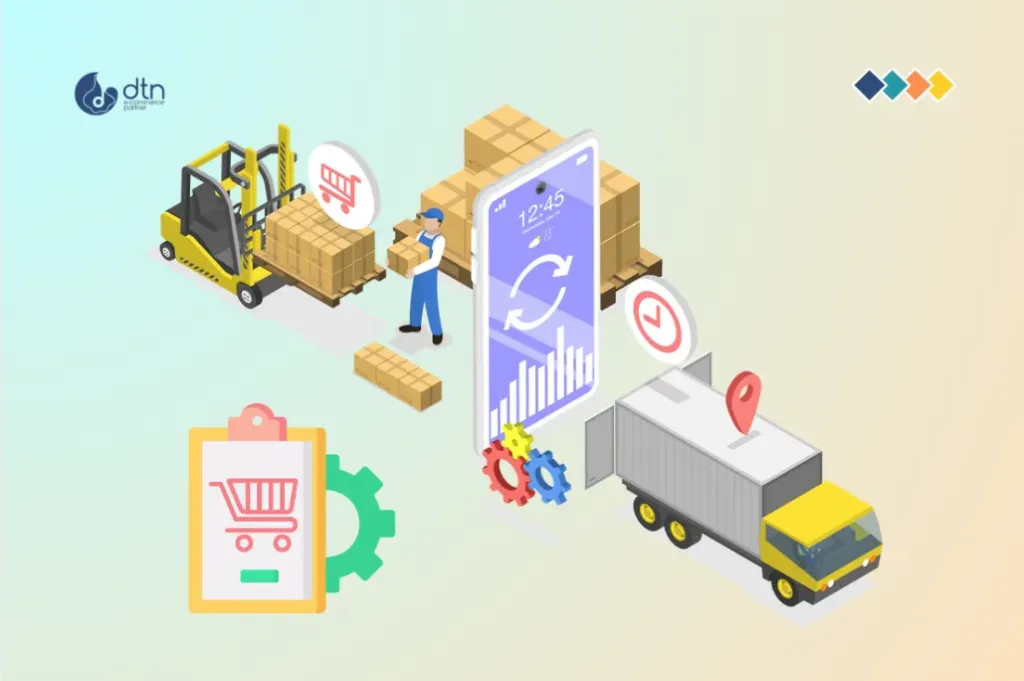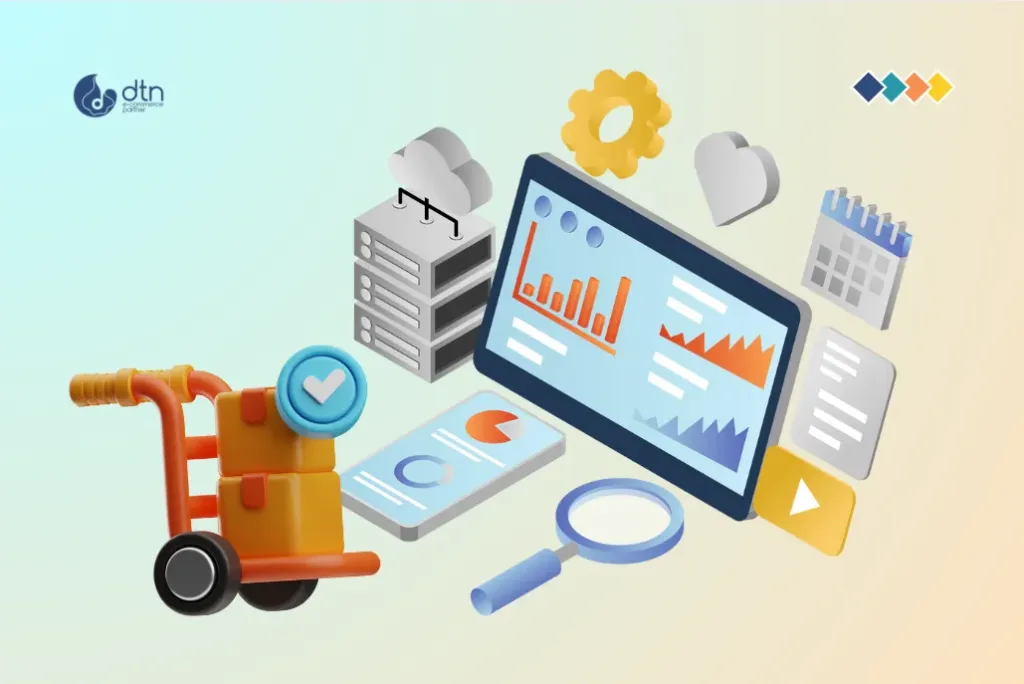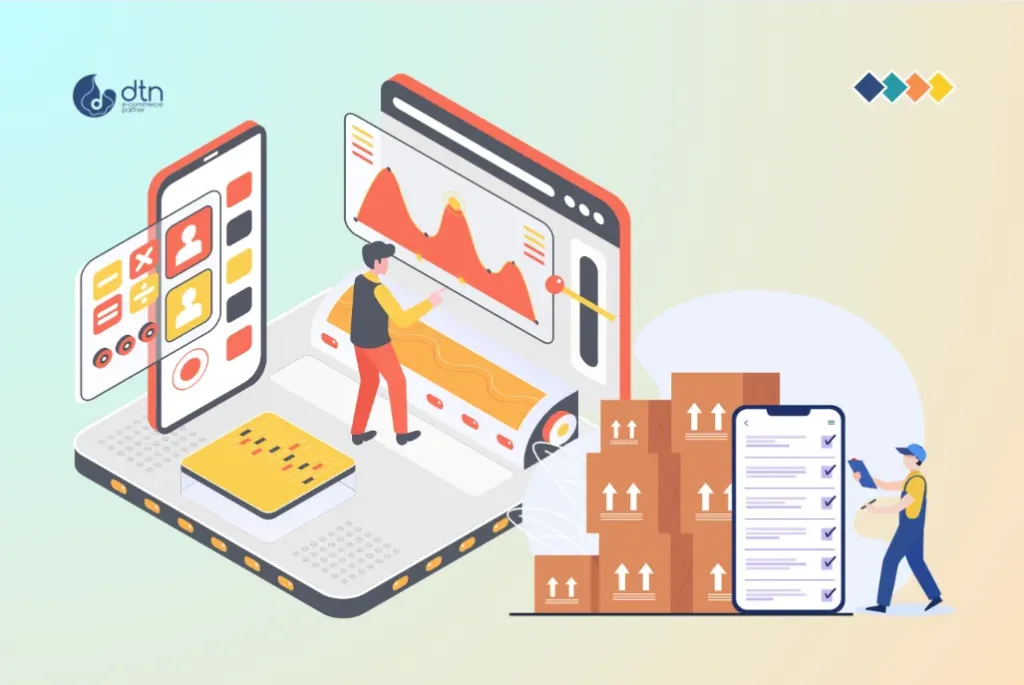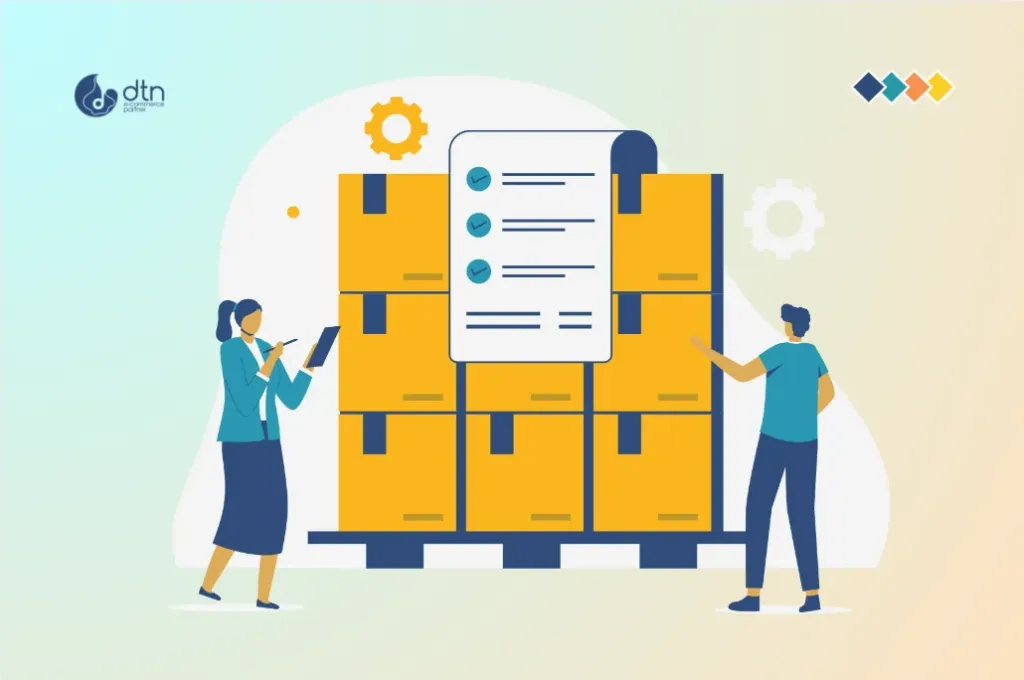In today’s fast-paced e-commerce landscape, efficient order management is paramount to success. A well-functioning order management system (OMS) is no longer a luxury but a necessity for businesses of all sizes, from small startups to multinational corporations. This post provides a comprehensive overview of order management systems, exploring their key features, benefits, and considerations for choosing the right system for your business.
Table of Contents
What is an Order Management System (OMS)?
An OMS is a centralized software system designed to manage all aspects of the order fulfillment process, from the moment a customer places an order to the moment the product is delivered. It goes beyond basic order tracking; it orchestrates a complex network of processes, integrating with various systems to streamline operations and improve efficiency.

Key Features of a Robust OMS
A comprehensive OMS boasts a range of features designed to optimize every stage of the order lifecycle. These typically include:
- Order Intake and Processing: Seamless integration with various sales channels (e.g., website, marketplaces, POS systems) to automatically capture orders, eliminating manual data entry and reducing errors.
- Inventory Management: Real-time tracking of inventory levels across multiple warehouses or locations, preventing overselling and ensuring accurate stock information. This often includes features like demand forecasting and automated replenishment.
- Order Routing and Fulfillment: Intelligent allocation of orders to the optimal fulfillment center based on factors like inventory levels, shipping costs, and delivery times.
- Shipping and Logistics: Integration with various shipping carriers to compare rates, generate shipping labels, and track shipments. Advanced OMS solutions offer features like automated label printing and real-time shipment tracking updates.
- Returns Management: Streamlined process for handling customer returns, including generating return labels, tracking return shipments, and managing refunds or exchanges.
- Customer Service Integration: Providing customer service representatives with real-time access to order information, allowing them to quickly and efficiently resolve customer inquiries.
- Reporting and Analytics: Comprehensive dashboards and reports providing valuable insights into key metrics such as order volume, fulfillment times, shipping costs, and customer satisfaction. This data enables informed decision-making and process optimization.
- Financial Management: Integration with accounting systems to automate invoice generation, track payments, and manage accounts receivable.
- Warehouse Management System (WMS) Integration: Seamless integration with a WMS to optimize warehouse operations, including picking, packing, and shipping.
- Multi-channel Order Management: Ability to manage orders from multiple sales channels through a single platform, providing a unified view of all order activity.

Benefits of Implementing an OMS
Investing in a robust OMS yields significant benefits across various aspects of the business:
- Improved Order Accuracy: Reduced manual data entry minimizes errors, leading to fewer order discrepancies and improved customer satisfaction.
- Faster Order Fulfillment: Automated processes and optimized order routing significantly reduce fulfillment times, leading to faster delivery and increased customer satisfaction.
- Reduced Operational Costs: Streamlined processes and automated tasks reduce labor costs and optimize inventory management, minimizing waste and storage costs.
- Enhanced Customer Satisfaction: Faster delivery, accurate order information, and efficient returns management contribute to higher customer satisfaction and loyalty.
- Increased Scalability: An OMS provides the flexibility to scale operations efficiently as your business grows, handling increasing order volumes without compromising efficiency.
- Improved Inventory Visibility: Real-time inventory tracking prevents stockouts and overstocking, optimizing inventory levels and reducing carrying costs.
- Better Data-Driven Decision Making: Comprehensive reporting and analytics provide valuable insights into business performance, enabling data-driven decision-making and process optimization.

Types of Order Management Systems
OMS solutions vary in complexity and functionality, catering to businesses of different sizes and requirements. They can be broadly categorized as:
- Standalone OMS: A self-contained system that manages all order-related functions within a single platform. Suitable for smaller businesses with simpler order fulfillment needs.
- Integrated OMS: A system integrated with other business applications such as ERP, CRM, and WMS, providing a holistic view of the business operations. Ideal for larger businesses with complex operations and multiple integrated systems.
- Cloud-based OMS: A software-as-a-service (SaaS) solution hosted on a cloud platform, offering scalability, accessibility, and reduced IT infrastructure costs.
- On-premise OMS: A software solution installed and maintained on the company’s own servers. Provides greater control over data security but requires significant IT infrastructure investment.

Choosing the Right OMS
Selecting the appropriate OMS requires careful consideration of several factors:
- Business Size and Complexity: The complexity of your business operations will dictate the level of functionality required in your OMS.
- Sales Channels: The number and type of sales channels you utilize will influence the integration capabilities needed in your OMS.
- Budget: OMS solutions vary significantly in price, so it’s crucial to set a realistic budget before starting your search.
- Scalability: Choose a system that can scale with your business growth, handling increasing order volumes and evolving needs.
- Integration Capabilities: Ensure the OMS seamlessly integrates with your existing business systems (e.g., ERP, CRM, WMS).
- Reporting and Analytics: Select a system that provides the necessary reporting and analytics capabilities to track key performance indicators and make informed decisions.

Conclusion
An efficient order management system is a critical component of a successful e-commerce business. By streamlining order processing, optimizing fulfillment, and improving customer satisfaction, an OMS can significantly enhance operational efficiency, reduce costs, and drive revenue growth. Carefully considering your business needs and selecting the right OMS is a crucial investment that will pay dividends in the long run. Remember to thoroughly research different vendors, compare features, and seek expert advice to make an informed decision.
Frequently Asked Questions
We’ve compiled a list of answers to common questions.
What is an Order Management System (OMS), and why do I need one for my e-commerce business?
An OMS is a centralized software system that manages the entire order fulfillment process, from order placement to product delivery. It helps streamline operations, integrates with various systems, and improves efficiency, making it essential for any e-commerce business aiming for success in a competitive landscape.
What key features should I look for in a robust OMS?
Look for features such as:
- Order intake and processing with seamless sales channel integration.
- Real-time inventory management to prevent overselling.
- Intelligent order routing and fulfillment based on various factors.
- Shipping and logistics integration for easy rate comparison and tracking.
- Returns management to streamline the return process.
- Customer service integration for quick issue resolution.
- Reporting and analytics for data-driven decision-making.
- Financial management capabilities for invoicing and payment tracking.
What are the benefits of implementing an OMS in my business?
Implementing an OMS can lead to:
- Improved order accuracy and fewer discrepancies.
- Reduced operational costs through streamlined processes.
- Enhanced customer satisfaction with efficient returns management.
- Increased scalability to handle business growth.
- Better inventory visibility to optimize stock levels.
- Data-driven decision-making through comprehensive analytics.
What types of OMS solutions are available?
OMS solutions vary and can be categorized as:
- Standalone OMS: A self-contained system suitable for smaller businesses.
- Integrated OMS: Works with other applications like ERP and CRM for larger, complex businesses.
- Cloud-based OMS: A SaaS solution offering scalability and accessibility.
- On-premise OMS: Installed on company servers, providing greater control over data but requiring more IT investment.
What should I do if I experience issues with my OMS?
If you encounter issues, consult the OMS documentation for troubleshooting guidance. If problems persist, contact the vendor’s customer support for assistance. Prompt resolution of OMS issues is vital to maintain efficient order processing and customer satisfaction.



